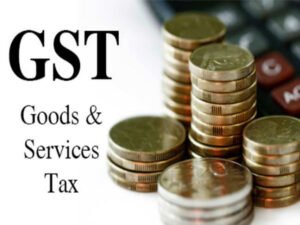Mobile and electronics body, India Cellular & Electronics Association (ICEA), wants that the existing 18 percent GST on mobile phones should be brought down to 12 percent, and 5 percent on the parts and components. The high GST rates are acting as a deterrent for digital adoption, ICEA stated.

It has jointly conducted a report with EY that emphasizes the requirement of the right policy impetus coupled with an appropriate tax structure for the growth of the mobile phone industry in India.
“This increase in the GST rate has a trickle-down effect leading to the rise in prices for the consumer, which in turn is decreasing the demand for mobile phones. Affordability will be a key to India reaching an 80 billion USD size in the domestic market by 2026, and GST rates will play an important role,” said ICEA.
Mobile phone subscribers have crossed the one billion mark, and the monthly sales of mobile phones have consistently been between 20-27 million in numbers. Mobile phone production increased from 6 crore units valued at ₹19,000 crore in 2014-15 to 33 crore units valued at ₹2,20,000 crore in 2020-21.

The 12% GST rate on mobile handsets increased tax by almost 50% in this sector from a prevailing national average rate of around 8.2 percent (pre-GST era). The industry was emerging from GST with a tax increase, and the Government once more increased the rate by another 50% (i.e. from 12% to 18%).
ICEA has requested various state chief ministers to reduce the GST rates on mobile phones to 12% and on parts and components to 5%.

Pankaj Mohindroo, Chairman, India Cellular & Electronics Association (ICEA), said, “This report captures all the focal points for policymakers that highlight the increase in GST rates of mobile handsets and its parts & components. I am confident that this study will be insightful on the importance of mobile phones, and it will give the Government adequate information to rescind the increase in the GST for mobile phones.”
